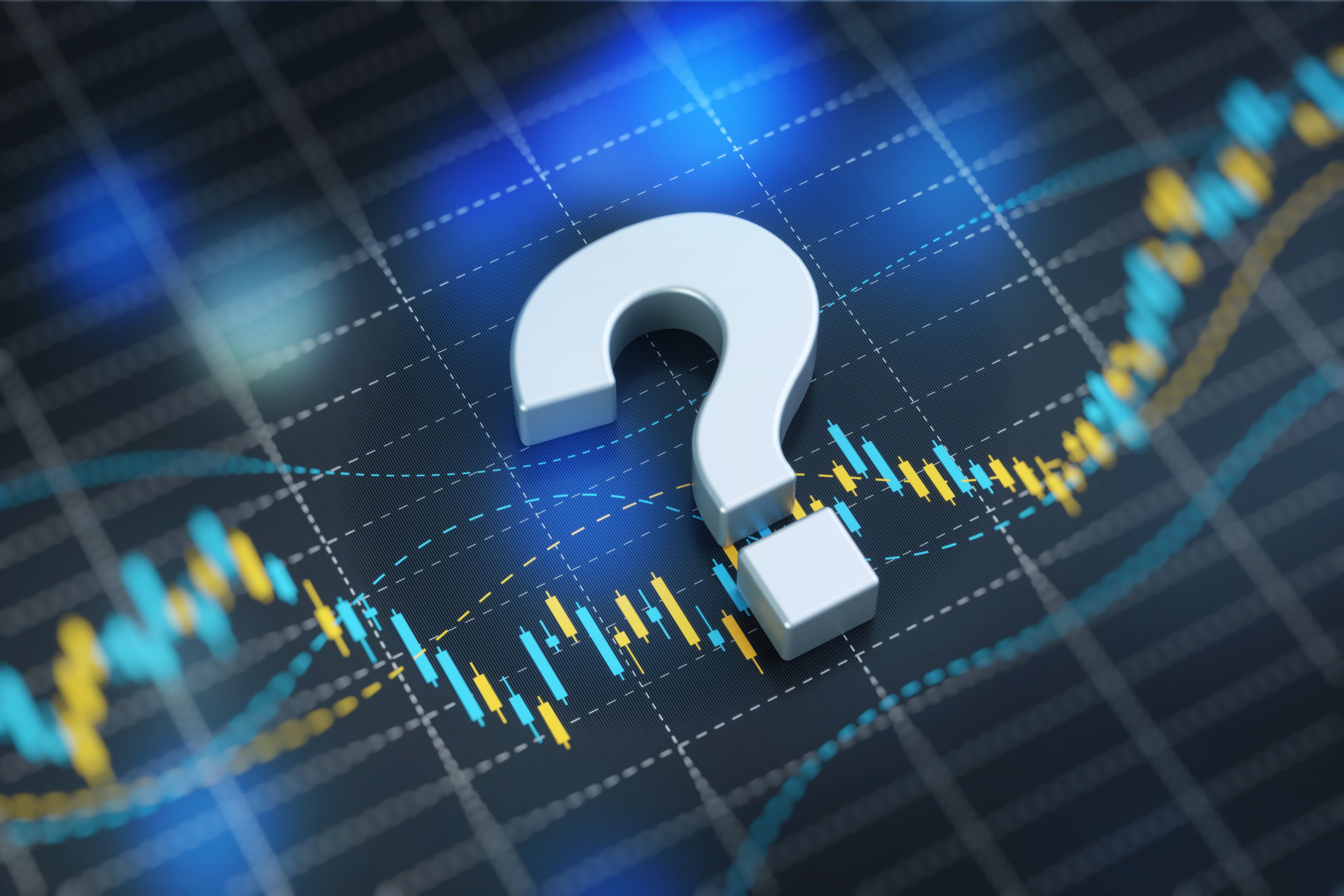
Tesla says it wants the Gigafactory, shown here in a mock-up released by the company, to be powered by solar and wind. Source: Tesla.
This article was written by Wired.com -- the leading provider of technology and innovation news.
The first Tesla (TSLA 4.58%) I ever saw was stripped down to the chassis, a bare-metal incarnation of the company's flagship electric Roadster on display at an event in Silicon Valley. Without the need for an internal combustion engine, the two-seater's petite frame was dominated by a huge battery. My first thought: "This looks like a giant cell phone on wheels."
As it turns out, I was more right than I realized.
This week, years after that first sighting, Tesla announced plans for what it calls the "Gigafactory," a 10-million-square-foot plant for making car batteries. The company hopes that the sheer scale of the operation, combined with the inventiveness of its engineers, will bring battery prices down far enough to finally bring its electric cars into the mainstream.
More from Wired: How a Math Genius Hacked OkCupid to Find True Love
But it's not just the prospect of a gasoline-free future that has sparked such excitement about the Gigafactory. The same basic lithium-ion tech that fuels Tesla's cars also runs most of today's other mobile gadgets, large and small. If Tesla really produces batteries at the scale it's promising, cars could become just one part of what the company does. One day, Tesla could be a company that powers just about everything, from the phone in your pocket to the electrical grid itself.
Earlier this month, as rumors swirled that Apple (AAPL 1.01%) might want to buy Tesla, San Francisco Chronicle reported that Tesla CEO Elon Musk had indeed met with the iPhone maker. Musk later confirmed that Tesla and Apple had talked, but he wouldn't say what about.
Now that Tesla has announced the Gigafactory, Gartner auto industry analyst Thilo Koslowski thinks it would make more sense for Tesla to talk with Apple about something other than an acquisition. "Depending on the capacity of the factory and who the other investors will be, Tesla could start selling its batteries for other products besides cars," Koslowski tells WIRED. "This could actually mean Tesla might build batteries for Apple."
Better batteries for less money
To begin erecting its factory, Tesla said it would seek $1.6 billion in debt financing — money that Apple itself could easily supply from its massive cash reserves. In fact, the world's biggest company could easily put up the money for the entire Gigafactory, which Tesla estimates will ultimately cost between $4 billion and $5 billion. Though industry analysts say the global manufacturing capacity for consumer electronics batteries is already considerable, the economies of scale that Tesla is promising could give Apple access to a whole different level of efficiency, sophistication, and control.
More from Wired: Facebook's Greatest Innovations: The First Decade
Unlike many parts of the consumer electronics industry, battery-making factories are, in general, highly automated, which means that labor doesn't factor significantly into production costs. As anyone who has seen Tesla's car-making robots in action can attest, factory automation is something the company does really, really well. Deep involvement in the project from the start — say, as an investor — could give Apple exactly the kind of intimate involvement with a key supplier that it relishes. This sort of control defines its approach to products. For consumers, that could mean Apple getting better batteries for its devices for less money, just like Tesla wants to do for its cars.

Even if the Gigafactory never makes a battery for a single iPhone, however, its impact on the future of energy storage could be huge. The company says that, once fully operational, the plant will more than double the volume of lithium ion batteries produced in the world today. Sam Jaffe, a battery industry analyst with Navigant Research, says the price drops predicted by Tesla are in line with his firm's forecasts, and that the cheaper batteries will bring Tesla closer to achieving its primary mission of making a widely affordable electric car, what Tesla is calling its "Gen III" mass market vehicle, or Model E. "The whole point of that model and the whole point of the company was to make that car," Jaffe says. "It wasn't to make sports cars or luxury cars. It was to make a family car comparable in price to a gasoline model."
More from Wired: How to Use Your Google Maps — Offline
To reach that mass market, Tesla hopes to be cranking out batteries for 500,000 cars per year by 2020, supported by the Gigafactory. That's compared to the 35,000 Model S sedans Tesla expects to make this year. Reaching that goal would mean not only a lot more electric cars on the road but a lot more batteries that would need to be replaced. The batteries that power Teslas are a lot like smartphone batteries: Eventually, they start losing their strength. Unlike smartphone batteries, getting down to 60 or 70 percent of their full capacity isn't just inconvenient. It could leave drivers stranded. Tesla says it plans to fully integrate battery recycling into the Gigafactory's operations, which could add to the cost savings.
Powering the grid
But Koslowski says those old batteries could also become part of a robust secondary market. They could, for instance, store energy generated by home solar grids, which can make use of less-than-full strength cells because they don't have to go anywhere. Already Tesla is supplying battery packs to SolarCity (SCTY +0.00%), the solar installer of which Musk serves as chairman, and the company believes that one day its batteries could even serve as backup energy sources for utilities themselves. Bullish Wall Street analysts even predict that, in addition to buttressing the renewable energy grid, Tesla could combine its expertise in cars, batteries, and digital technology to become a leading maker of self-driving vehicles.
More from Wired: This Woman Invented a Way to Run 30 Lab Tests on Only One Drop of Blood
Any of this coming to pass, of course, depends on whether the Gigafactory will actually accomplish what Tesla says it will. To bring prices down, battery industry consultant K.M. Abraham says, Tesla will have to figure out how to make its batteries without pushing up costs for component suppliers who would have to increase their output to meet the car maker's demands. "Unless you come out with new low-cost materials, the battery prices will remain pretty much the same," says Abraham, who is also a professor of renewable technology at Northeastern University.
Though details from Tesla are scant, a diagram released by the company suggests it does plan to bring as much of the battery making process as possible within the Gigafactory's walls. Tesla is also pledging to power much of the plant with its own wind and solar energy, a potential testing ground for using its batteries as part of the electrical grid. Diversifying into different uses could be especially crucial if demand for Tesla's cars doesn't hit the company's own projections. Building a factory on such a massive scale is a huge risk if it only makes one thing, but that risk diminishes if Tesla has the ability to use its expertise to make batteries for many uses. If nothing else, Tesla is creating an unprecedented space just to see what's possible when energy becomes mobile.
"It's breathtaking, just the sheer size of it," Jaffe says of the Gigafactory. "This is so beyond anything by comparison."
Written by Marcus Wohlsen at Wired.com.
More from Wired: How the NSA Almost Killed the Internet
More from The Motley Fool






